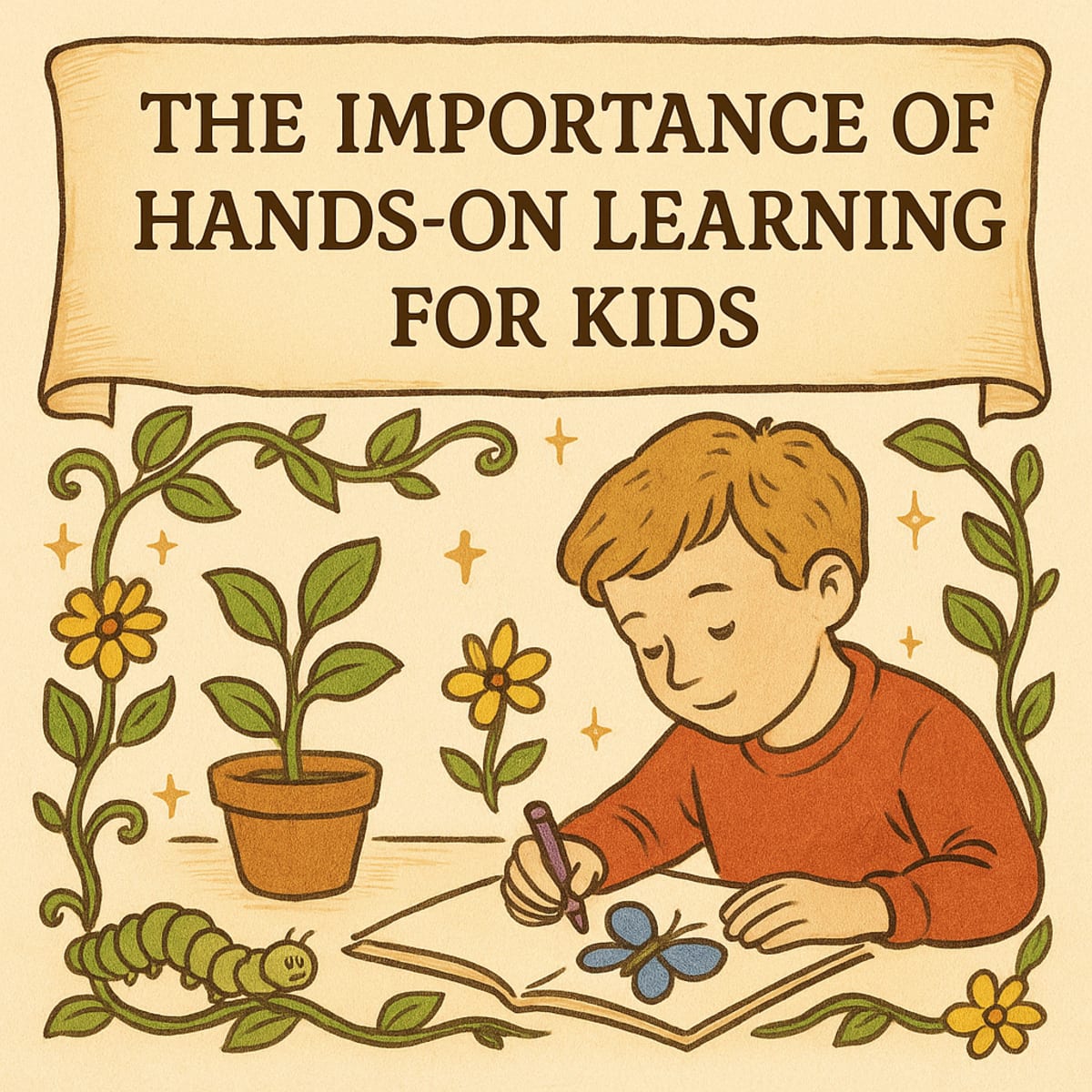✋ The Importance of Hands-On Learning for Kids
Children are naturally curious. They don’t just want to hear about the world — they want to touch it, explore it, and make sense of it with their own hands. This is why hands-on learning is one of the most powerful tools in education.
Learning by Doing
Research has shown that kids retain far more knowledge when they are actively involved in the process. Coloring an insect, planting a seed, or building something with their own hands creates a direct connection between action and understanding. When children do, they don’t just memorize — they internalize.
Building Confidence and Creativity
Hands-on experiences give children a chance to test ideas, make mistakes, and try again. This trial-and-error approach builds resilience, problem-solving skills, and confidence. A child who experiments with mixing colors or growing a plant isn’t just following directions — they’re discovering their own abilities and learning that mistakes are part of growth.
Engaging All the Senses
Hands-on learning engages sight, touch, hearing, and sometimes even smell and taste. The more senses involved, the stronger the learning experience. Coloring a butterfly while looking at a real photo or planting vegetables in a garden makes the lesson real instead of abstract.
Connecting Learning to the Real World
When kids engage directly with the world, they see that what they learn matters. Learning about pollinators becomes more meaningful when they watch bees visit flowers. Reading about a mantis is different from carefully observing one in the garden. These connections help children understand their place in the larger ecosystem.
Lasting Impact
Hands-on learning doesn’t end when the lesson is over. The pride of completing a coloring page, growing a plant, or building a small project carries forward. These experiences build a foundation of curiosity, respect for nature, and lifelong learning.
🌱 Conclusion
Hands-on learning empowers children to move beyond memorization into exploration. It teaches them that knowledge is something they can hold, shape, and use in the real world. And perhaps most importantly, it shows them that learning is not a chore — it’s an adventure.
